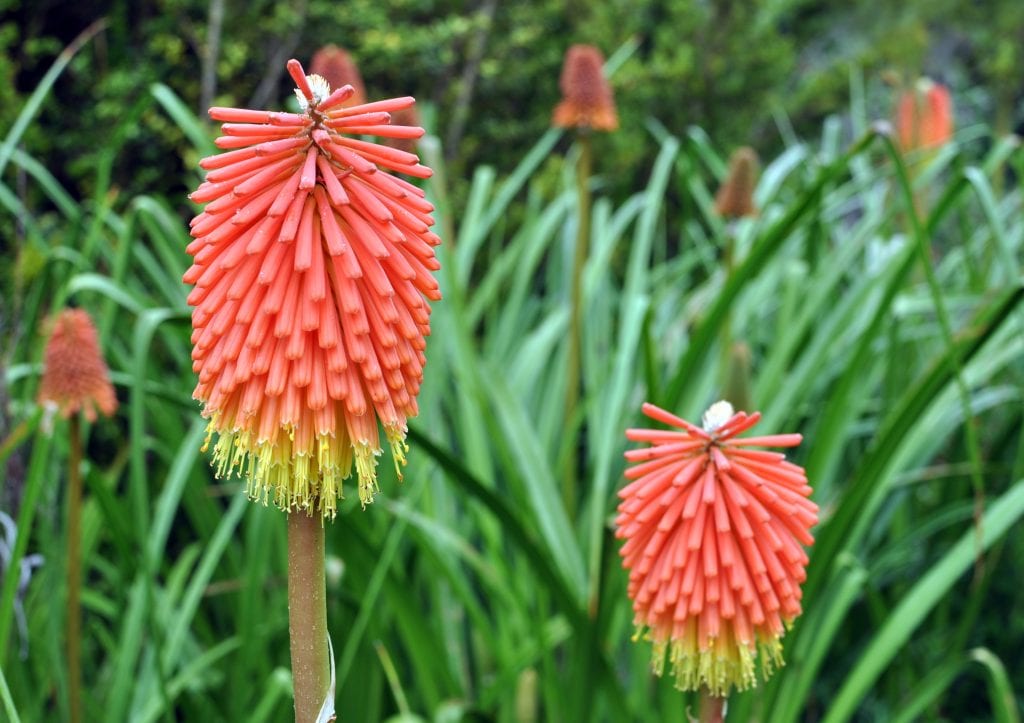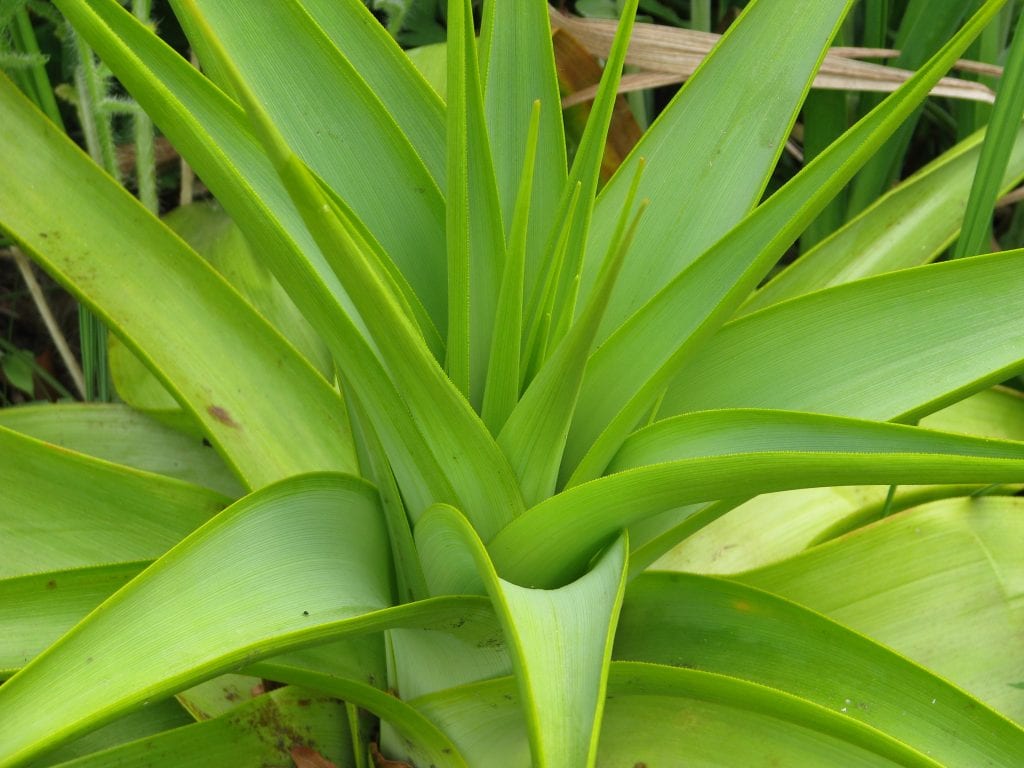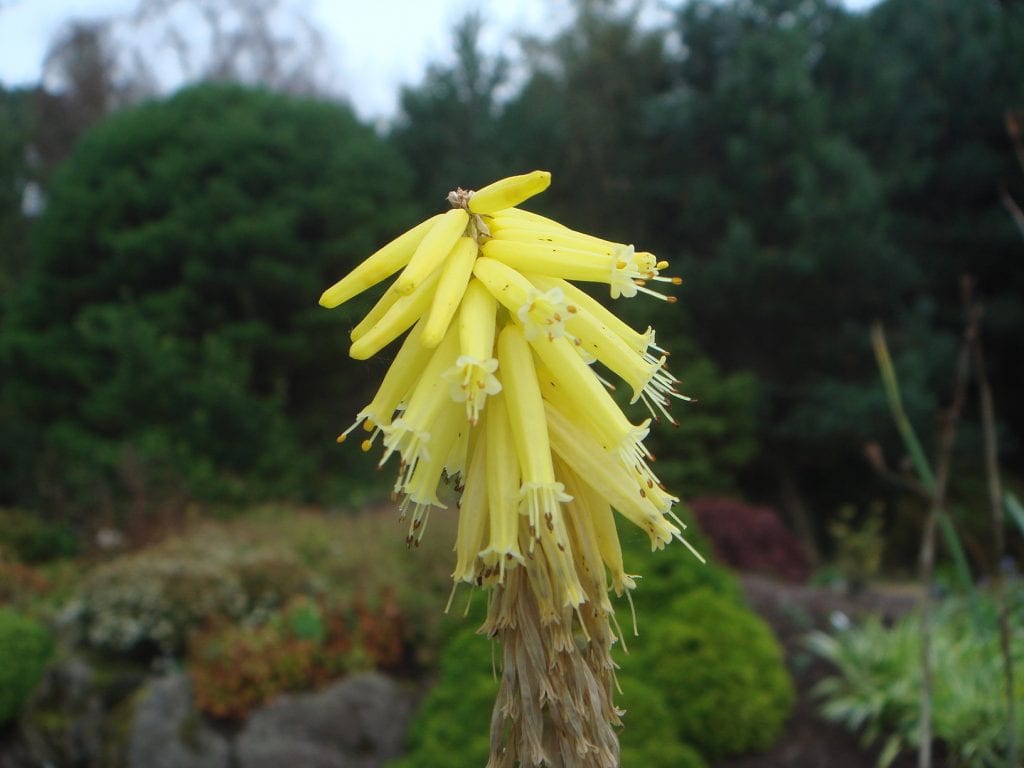
Kniphofia galpinii
There are a number of plants that, although due to their origin we might think that they are tropical and, therefore, very difficult to cultivate in temperate climates, the reality is that many times we are surprised at the adaptability of many species, such as the of the genus Kniphofia, which are better known by the name of rockets or Tritoma.
This curious plant is rhizomatous, that is, its leaves and flower stems emerge from an underground rhizome during spring and summer. And it is spectacular.
Characteristics of the rocket plant

Kniphofia northiae
The rocket plant is native to South Africa, specifically the Cape. It is a rhizomatous herbaceous bush whose long and narrow leaves emerge from the ground. The flowers, which sprout from summer to autumn, are grouped in spike-shaped inflorescences, coral red, orange or yellow. depending on the species.
It can grow to a height of 40cm or up to 1,5 meters depending on the variety. Although it must be said that, regardless of its size, can be used both to form isolated groups in the garden and to have a dream terrace.
Care guide

Fibrous kniphohia
Did you like this plant and do you want to have some specimens? Follow our advice and you will be able to contemplate the beauty of its inflorescences:
- Location: full sun.
- Soil or substrate: it is not demanding, but it must have good drainage.
- Rhizome planting: in spring.
- Irrigation: moderate to low. Waterlogging must be avoided.
- Subscriber: highly recommended to fertilize throughout the growing season (from spring to early autumn) with liquid organic fertilizers, such as guano for example, following the instructions specified on the package.
- Multiplication: by division of the bush in early spring.
- Plagues and diseases: It's very tough. It usually does not have problems unless it is watered excessively, in which case the fungi could infect it.
- Rusticity: supports frosts down to -7ºC, but it must be padded.
Did you find it interesting? 🙂
Your information is very important. I have some plants in the Quebrada de Humahuaca and they are beautiful.
We are glad that you found it interesting 🙂
Hello, when the flower dries, what remains are the seeds?
Can you make a plant from seeds?
Thank you very much
Hello Maria.
If the flowers have been pollinated, yes. The fruit will be formed that will contain the seeds.
These seeds can be sown in pots, burying them very little with soil and placing the seedbed outside, in semi-shade.
regards
I love rocket or tritoma plants! Is it available in* the nurseries in Chajarí Entre Ríos?
Hello Olga.
I do not know, sorry. We are in Spain.
I recommend you visit some nurseries in your area to see if there is any luck.
A greeting.